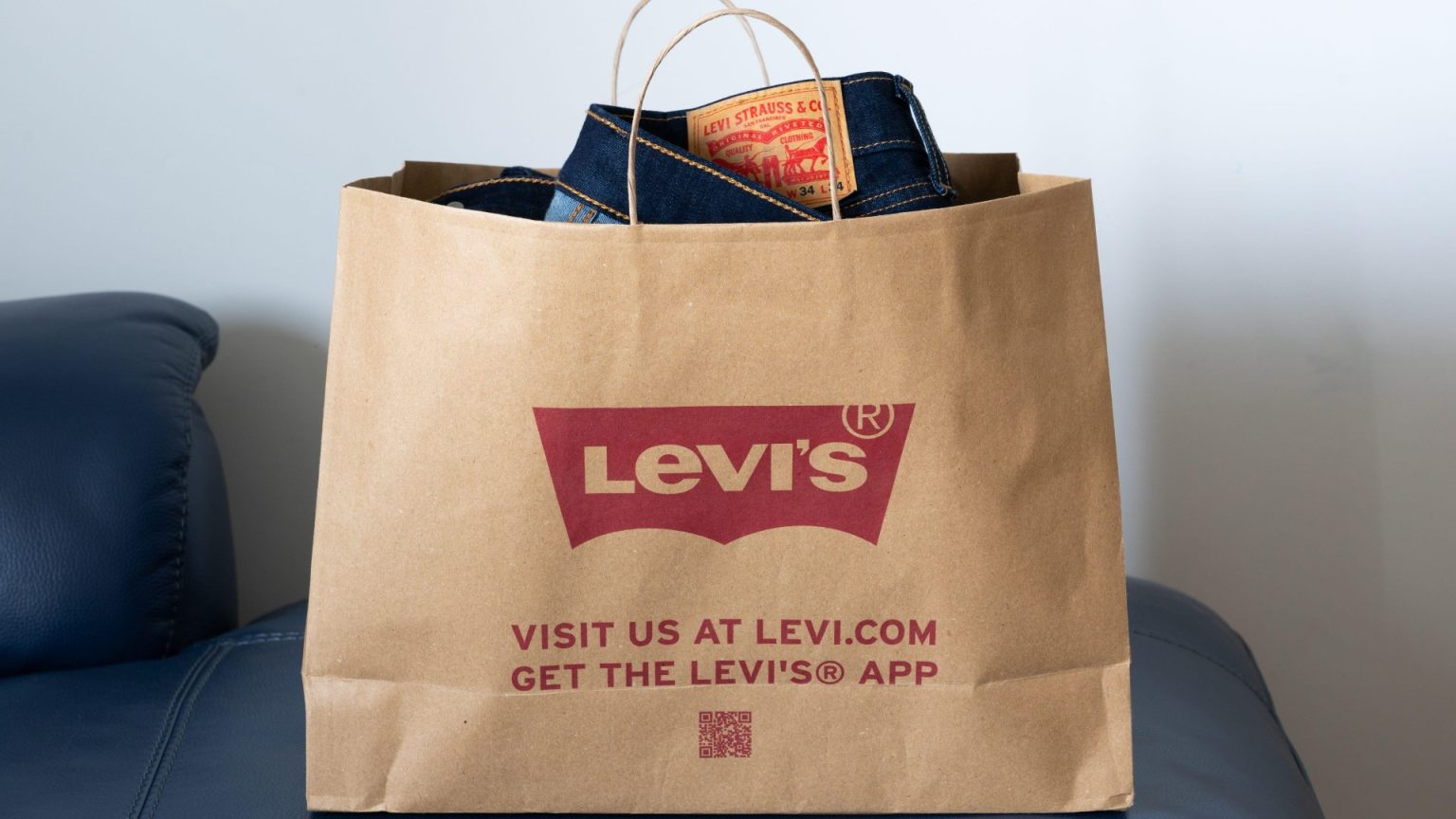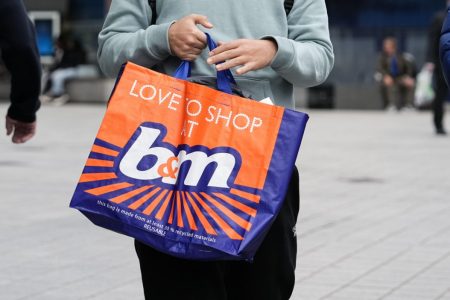The resurgence of vintage clothing has ignited a thriving resale market, with Levi’s jeans emerging as a particularly sought-after commodity. Once relegated to the back of wardrobes or passed down as hand-me-downs, certain vintage Levi’s can now command surprisingly high prices, offering a potential windfall for those lucky enough to own them. This renewed interest in pre-loved denim stems from a growing appreciation for unique, high-quality garments and a desire for more sustainable consumption habits. The most valuable Levi’s are typically those that represent classic styles from specific eras, particularly those manufactured in the United States between 1949 and 1954. These jeans often fetch thousands of pounds on online marketplaces like eBay, Depop, Vinted, and Vestiaire Collective, making them a lucrative find for both seasoned collectors and casual sellers.
Identifying valuable vintage Levi’s involves a keen eye for detail and an understanding of the brand’s history. Numerical codes, such as 501, 505, and 550, denote different styles and fits, with vintage iterations of these models often holding the greatest value. The presence of a washing care label, introduced in the 1970s, can help date the jeans, as can the stitching on the inseam. Single-stitch inseams indicate pre-1980s production, adding to the jeans’ rarity and potential value. Furthermore, the “Big E” red tab, featuring a capital “E” in “Levi’s,” signifies jeans made before 1971, a sought-after characteristic for collectors. These subtle details can significantly impact a pair of jeans’ worth, transforming a seemingly ordinary item into a valuable asset.
The value of vintage Levi’s is often linked to their age, rarity, and condition. Jeans from the 1960s and 1970s, particularly those in good condition with original features like the “Big E” tab or single-stitch inseams, are frequently sold for hundreds, and sometimes thousands, of pounds. The enduring popularity of the 501 model, combined with its long production history, means that vintage versions of this classic style can be particularly valuable. Moreover, limited-edition releases or jeans with unique details or imperfections can become highly sought-after collector’s items, further driving up their price.
Selling vintage Levi’s can be a rewarding endeavor, with several avenues available for maximizing returns. Online marketplaces like eBay and Etsy offer a global reach, connecting sellers with a vast pool of potential buyers. These platforms also provide valuable pricing insights through sold listings, allowing sellers to gauge the market value of their jeans. For particularly rare or high-value Levi’s, specialist collectables auctions or vintage clothing fairs may be more appropriate venues. These specialized markets cater to discerning collectors and can yield higher prices, although they often involve fees or commissions. Alternatively, contacting a collectable dealer can offer a more direct route to sale, especially for exceptionally rare or valuable pieces.
Determining the value of any vintage item requires careful research and attention to detail. Utilizing online resources, such as eBay’s sold listings, can provide a benchmark for pricing similar items. For valuable items like rare coins, stamps, or trading cards, consulting specialized resources and experts can offer more accurate valuations. Rarity and condition are paramount factors influencing an item’s worth, with pristine, original condition commanding the highest prices. However, even items with minor wear or imperfections can still hold significant value, particularly if they possess rare features or historical significance.
While the potential for discovering a valuable treasure in your wardrobe is enticing, it’s important to approach the process with realistic expectations. Not every old pair of jeans will be a hidden gem, and the value of vintage items can fluctuate based on market trends and collector demand. However, by carefully examining your belongings and conducting thorough research, you can uncover the potential value of seemingly ordinary items and perhaps unearth a valuable piece of fashion history. The key lies in understanding the factors that contribute to an item’s worth and utilizing the available resources to make informed decisions about buying, selling, or simply appreciating the unique stories behind vintage treasures.











